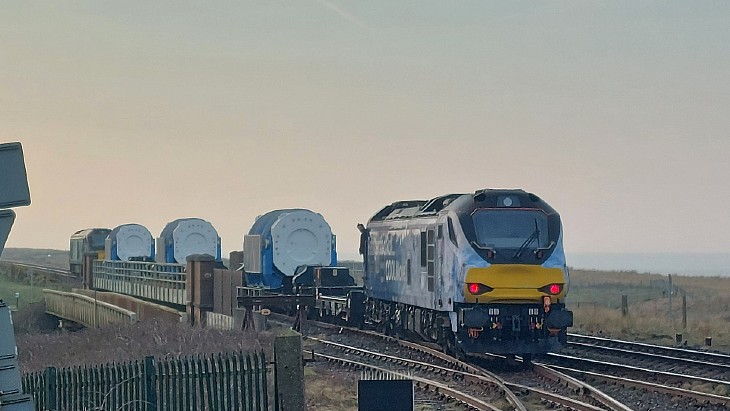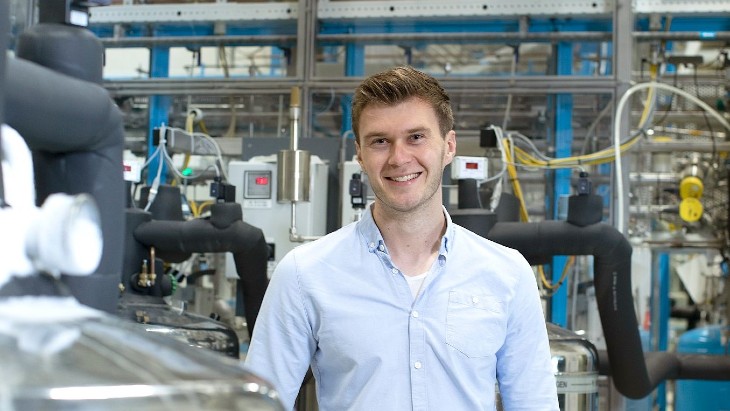China develops fast reactor used fuel container
.jpg)
The transport container adopts a multi-layer sandwich structure and uses a composite foam aluminum buffer, which can effectively solve the design problems of shielding and buffering of the used fuel transport container, CIAE said.
At the same time, CIAE has also built the country's first large-tonnage vacuum lead casting bench and a special boron-containing silicone resin pouring bench to meet the lead and boron-containing resin casting needs of large used fuel transport containers. The institute noted the container took two years from conceptual design to obtaining design licence approval, "setting a new record for the development cycle of large used fuel transport containers in China".
The transport container was independently developed and designed by the CIAE, and the test prototype was independently processed and manufactured. The China Institute of Radiation Protection independently conducted a 1:1 prototype test verification.
Receiving design licence approval for the design "marks that China has fully mastered all key technologies for spent fuel transport containers for large fast reactors, breaking the long-term dependence on imports of this type of transport container", CIAE said.
It added: "It has achieved breakthroughs in innovation, industrialisation and type-specification of fast reactor spent fuel transportation containers with independent intellectual property rights in China from scratch, laying a solid foundation for the development of fast reactors in China."
CIAE said the container is "a key equipment for the implementation of China's large fast reactor spent fuel transportation, and is also a key step in the key technology research project of fast reactor transportation containers".
China National Nuclear Corporation expects fast neutron reactors to become the predominant reactor-type by mid-century. A 65 MWt fast neutron reactor – the Chinese Experimental Fast Reactor (CEFR) - near Beijing achieved criticality in July 2010, and was grid-connected a year later. Based on this, a 600 MWe pre-conceptual design was developed, known as the Chinese Demonstration Fast Reactor (CDFR) project 1. The first CFR600 unit began construction in December 2017 at Xiapu in Fujian province, and commissioning is expected soon. Construction of the second unit began in December 2020. The CFR600 units are intended to be followed by a CFR1000 for commercial operation from 2030, according to CIAE.
_17992.jpg)
_75800.jpg)








..._58412.jpg)
